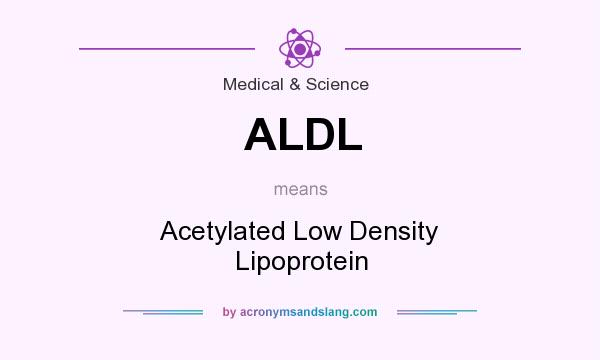
Binding of the different cell lineages with VSV-G-LVs was detected by incubation with the VSV-G-LVs followed by HIV capsid (p24) detection. In contrast, B-cell receptor stimulation augmented LDL-R expression only marginally, in agreement with poor VSV-G-LV transduction levels ( Figure 1A and Frecha et al 4). Stimulation of T cells through the T-cell receptor or of human CD34 + (hCD34 +) cells with “early-acting cytokines” remarkably upregulated the LDL-R surface expression and permitted efficient VSV-G-LV transduction.


Strikingly, we confirmed a very low expression of LDL-R, coinciding with VSV-G-LV–mediated poor transduction in these 3 cell lineages ( Figure 1A). 6 This finding prompted us to evaluate LDL-R levels on unstimulated T, B, and CD34 + cells. Recently, Finkelstein et al revealed a long-kept secret of VSV by identifying its receptor, the low-density lipid receptor (LDL-R), explaining its broad tropism. Although these hurdles can be overcome in lymphocytes by LVs pseudotyped with measles virus envelope proteins (MV-LVs 3-5), the reason as to why VSV-G-LVs were not efficient for gene transfer in these quiescent cells, and in particular in HSCs, remains unclear.

These results suggest that reductions in cholesterol and LDL-C levels were greatest when exercise training was combined with body-weight losses.Although VSV-G-LVs allow efficient transduction of nondividing cells, 2 they do not provide efficient transduction of quiescent T cells, B cells, and hematopoietic stem cells (HSCs), which hampers their application in gene and immune-therapy areas where conservation of cell phenotype is essential. However, with body-weight increase, cholesterol and LDL-C levels increased by 2.9 mg/dL and 3.0 mg/dL, respectively. Where body weight decreased, cholesterol and LDL-C levels also decreased significantly (13.2 mg/dL and 11.1 mg/dL, respectively). Where body weight did not change, cholesterol and LDL-C levels decreased significantly (7.3 mg/dL and 3.3 mg/dL, respectively).

Results showed differential changes in cholesterol, triglyceride, low-density lipoprotein-cholesterol (LDL-C), high-density lipoprotein-cholesterol, and cholesterol/high-density lipoprotein-cholesterol levels in the three body-weight categories. Change in body weight during exercise training may confound observed serum lipid and lipoprotein level changes thus, data from these studies were partitioned into those where subjects gained body weight, maintained body weight, or lost body weight. Ninety-five studies conducted between September 1955 and October 1983 measuring changes in human serum lipid and lipoprotein levels in response to exercise training were analyzed using meta-analysis.


 0 kommentar(er)
0 kommentar(er)
